Every image begins long before the shutter clicks. When travelling between shoots or navigating dynamic locations, camera bags help keep your essentials protected and accessible. The ability to move with confidence and maintain order supports creative flow. For scenes that demand stillness and precision, camera tripods offer the stability needed to compose with clarity and control.
The conditions surrounding a photograph are often unpredictable. Weather, lighting, and motion shift constantly, which means gear needs to be both dependable and ready for change. A well-thought-out setup provides more than convenience—it adds a sense of rhythm to the entire process. Moving from one location to the next becomes less stressful when your tools are streamlined.
Organisation plays a silent yet powerful role in creative work. Knowing exactly where everything is stored helps maintain momentum. When your energy stays focused on the environment and subject, you’re more likely to capture what you intended. Digging through clutter or misplacing accessories can break concentration and slow down progress.
The way you carry your gear influences how you interact with the space around you. A balanced load lets you walk longer, wait longer, and remain in position without fatigue. Whether shooting an event, a portrait, or a natural landscape, ease of movement helps you respond quickly to the unexpected.
Once you reach your scene, stability often determines quality. Even with the most capable hands, unsteady ground or low-light conditions make handheld shooting difficult. Having a solid foundation allows for longer exposures, tighter framing, and sharper detail. Being able to pause the world within your lens for just a second longer opens creative possibilities.
Gear that supports your vision should feel like an extension of your work style. Quick access, flexible adjustments, and compact design help ensure that tools never interrupt the flow. Time matters when capturing moments, and even the most minor delays can mean lost opportunities.
Adapting to changing terrain becomes easier with reliable, well-designed equipment. Rocky ground, narrow ledges, and crowded environments often require setup that adjusts in seconds. The more responsive your tools are to the moment, the more present you can be behind the lens.
The physical condition of your gear affects its performance. Dust, moisture, an d regular wear eventually accumulate, so consistent maintenance is essential to any serious routine. Taking time to clean surfaces, tighten joints, and replace worn parts increases longevity and reliability. Confidence in your gear reduces distractions, allowing you to focus entirely on composition and timing.
d regular wear eventually accumulate, so consistent maintenance is essential to any serious routine. Taking time to clean surfaces, tighten joints, and replace worn parts increases longevity and reliability. Confidence in your gear reduces distractions, allowing you to focus entirely on composition and timing.
A prepared setup reflects more than just technical readiness. It communicates professionalism and attention to detail, even to those unfamiliar with photography. Whether you’re working with clients, models, or members of the public, being efficient and organised builds trust in your process.
There’s also a mental benefit to working with familiar, trusted tools. It frees up headspace. When you’re not worrying about how something is packed or whether a shot will be steady, your attention moves to lighting, emotion, and connection. These are the elements that bring depth to an image.
Being able to explore different angles or adjust height on the spot encourages experimentation. Whether crouching low for dramatic perspective or elevating above eye level for context, flexibility in setup leads to fresh framing ideas. Small shifts in perspective can alter the entire narrative being conveyed through a single shot.
Photographers often develop habits that are unique to their rhythm. Some plan every detail in advance. Others respond instinctively to the world as it unfolds around them. Either way, a setup that keeps up with that rhythm—without requiring second guesses—makes for smoother sessions: less hesitation, more intention.
Those who shoot video or produce content for multiple platforms benefit even more from a solid base. Movement becomes controlled, transitions appear polished, and editing becomes easier. Whether capturing motion or stillness, steadiness enhances the result.
As tools evolve, features are introduced that improve efficiency. Quick release systems, height markers, or built-in levels can speed up your workflow. While not every detail is necessary, the ones that suit your style make a meaningful difference in how comfortable you feel behind the camera.
Care and preparation may not be visible in the final photo, but they shape the process behind it. A steady frame, a clear mind, and tools you trust allow more time for what truly matters: crafting the story and connecting with the scene before you.
Photography isn’t always about speed. Some of the most memorable images come from moments of pause—waiting for a glance, watching the light shift, or noticing a change in atmosphere. Having reliable tools gives you the patience to wait for those moments and the confidence to capture them.
Ultimately, the equipment that supports your photography journey should work quietly in the background. It doesn’t need to be complicated or flashy—it just needs to do its job so you can do yours. Whether you’re exploring new environments or returning to familiar ones with fresh eyes, having your essentials in place lets you stay present, focused, and ready.

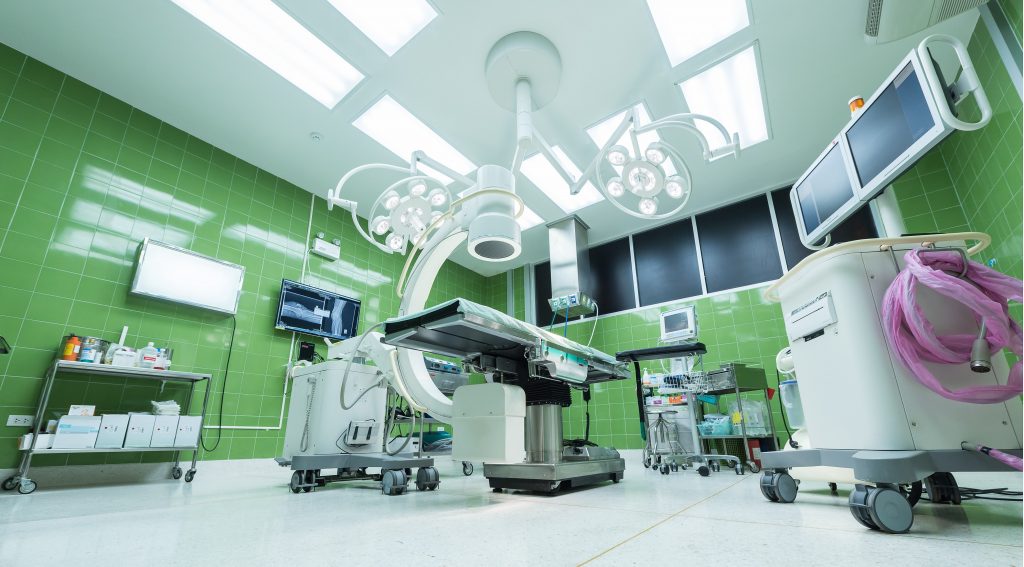
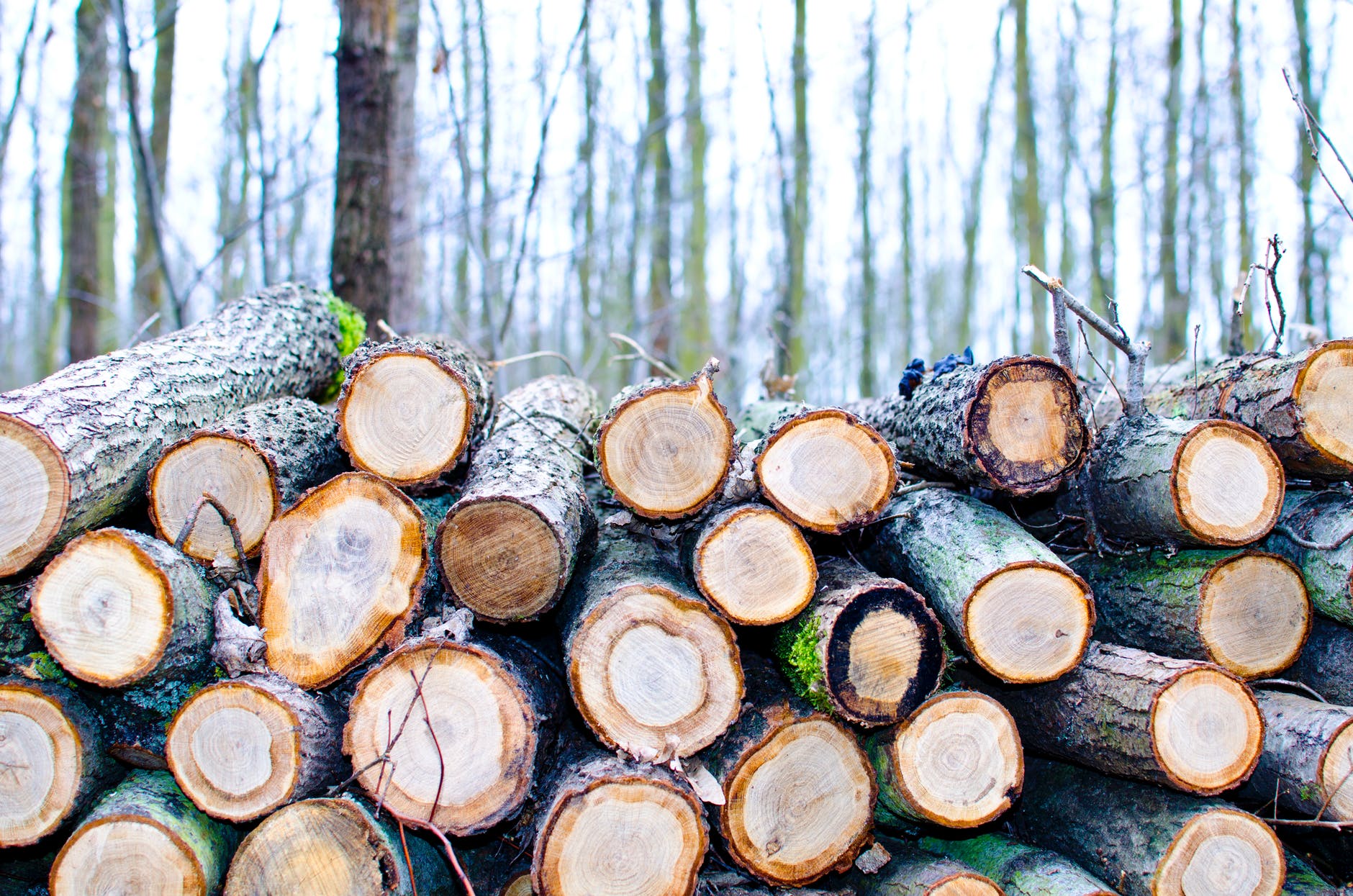
 When drones first appeared in consumer markets, they were little more than toys. Today, they’re an essential tool for filmmakers, vloggers, and even real estate agents. A good camera drone can shoot ultra-high-definition video and sharp photos from angles you couldn’t dream of reaching with a ladder or crane.
When drones first appeared in consumer markets, they were little more than toys. Today, they’re an essential tool for filmmakers, vloggers, and even real estate agents. A good camera drone can shoot ultra-high-definition video and sharp photos from angles you couldn’t dream of reaching with a ladder or crane.
 Why does remembering matter? In a world that’s constantly evolving, we can easily become disconnected from our origins. Honouring those before us provides a sense of continuity, anchoring us amid constant progress. These acts of remembrance are not only respectful—they are essential. They teach values, instil perspective, and build empathy by encouraging us to reflect on what others endured, celebrated, and overcame. When we pause to remember, we are not just preserving the past; we are giving it the power to influence the future.
Why does remembering matter? In a world that’s constantly evolving, we can easily become disconnected from our origins. Honouring those before us provides a sense of continuity, anchoring us amid constant progress. These acts of remembrance are not only respectful—they are essential. They teach values, instil perspective, and build empathy by encouraging us to reflect on what others endured, celebrated, and overcame. When we pause to remember, we are not just preserving the past; we are giving it the power to influence the future.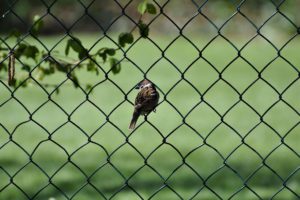 A good place to begin is by thinking about how your home interacts with its surroundings. For example, large windows, glass doors, or even bi-folding doors can be incorporated into your design to maximise the connection between the indoors and outdoors. Also, consider how your exterior landscaping design complements your home’s structure. Thoughtful placement of plants, trees, and outdoor features like patios, decks, or outdoor kitchens can enhance the overall aesthetic and functionality of both the home’s interior and exterior.
A good place to begin is by thinking about how your home interacts with its surroundings. For example, large windows, glass doors, or even bi-folding doors can be incorporated into your design to maximise the connection between the indoors and outdoors. Also, consider how your exterior landscaping design complements your home’s structure. Thoughtful placement of plants, trees, and outdoor features like patios, decks, or outdoor kitchens can enhance the overall aesthetic and functionality of both the home’s interior and exterior.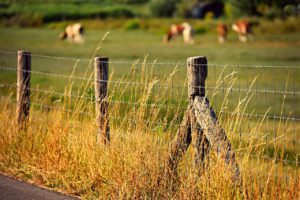
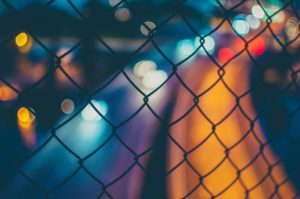
 Dress-up games are a growing trend during holiday gatherings. They’re fun and creative and bring people together in a joyful celebration of imagination. Whether you’re dressing as classic holiday characters like elves and reindeer or diving into whimsical themes like “Snow Queens” or “Fairy Forest,” your costume can be enhanced with accessories that make a statement. Contact lenses coloured to match your outfit can make your character come to life, creating an authentic and unforgettable experience for everyone involved.
Dress-up games are a growing trend during holiday gatherings. They’re fun and creative and bring people together in a joyful celebration of imagination. Whether you’re dressing as classic holiday characters like elves and reindeer or diving into whimsical themes like “Snow Queens” or “Fairy Forest,” your costume can be enhanced with accessories that make a statement. Contact lenses coloured to match your outfit can make your character come to life, creating an authentic and unforgettable experience for everyone involved.

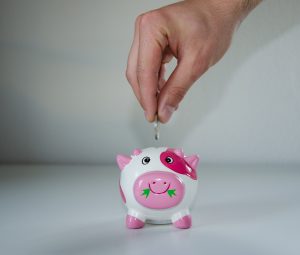 SAVE UP AS MUCH AS YOU CAN
SAVE UP AS MUCH AS YOU CAN One of the most significant ways cosmetics uplift your spirits is by enhancing your self-esteem. Makeup can help you feel more confident in your own skin, and this confidence radiates outward. When you look good, you often feel better about yourself, and this newfound self-assurance can positively impact your interactions with others.
One of the most significant ways cosmetics uplift your spirits is by enhancing your self-esteem. Makeup can help you feel more confident in your own skin, and this confidence radiates outward. When you look good, you often feel better about yourself, and this newfound self-assurance can positively impact your interactions with others. Elevate your Halloween celebration by selecting a unique theme that sets the tone for the entire event. Whether it’s a classic haunted mansion, a creepy carnival, or a specific movie or TV show theme, having a central concept can make your decorations, costumes, and activities more cohesive and memorable.
Elevate your Halloween celebration by selecting a unique theme that sets the tone for the entire event. Whether it’s a classic haunted mansion, a creepy carnival, or a specific movie or TV show theme, having a central concept can make your decorations, costumes, and activities more cohesive and memorable.
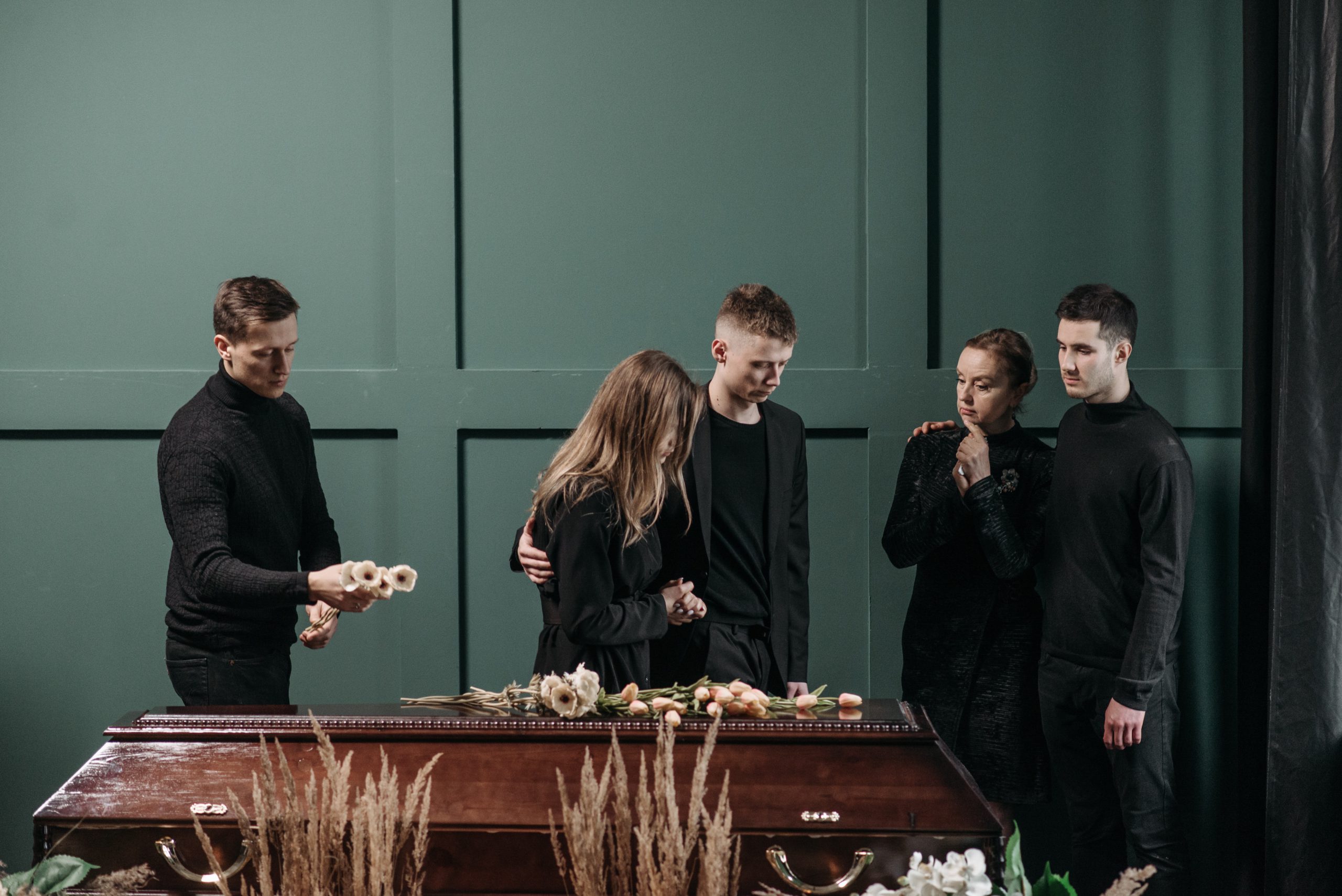
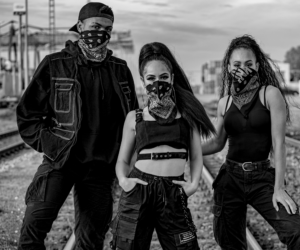



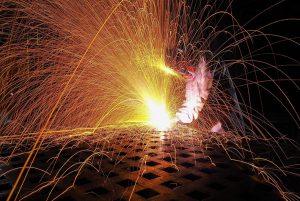
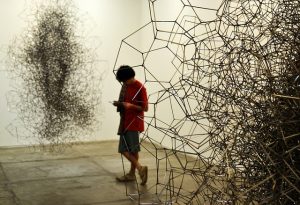



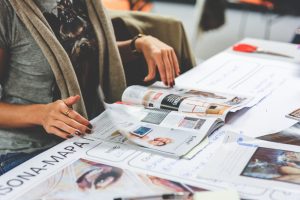
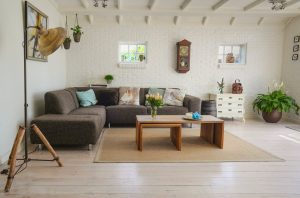
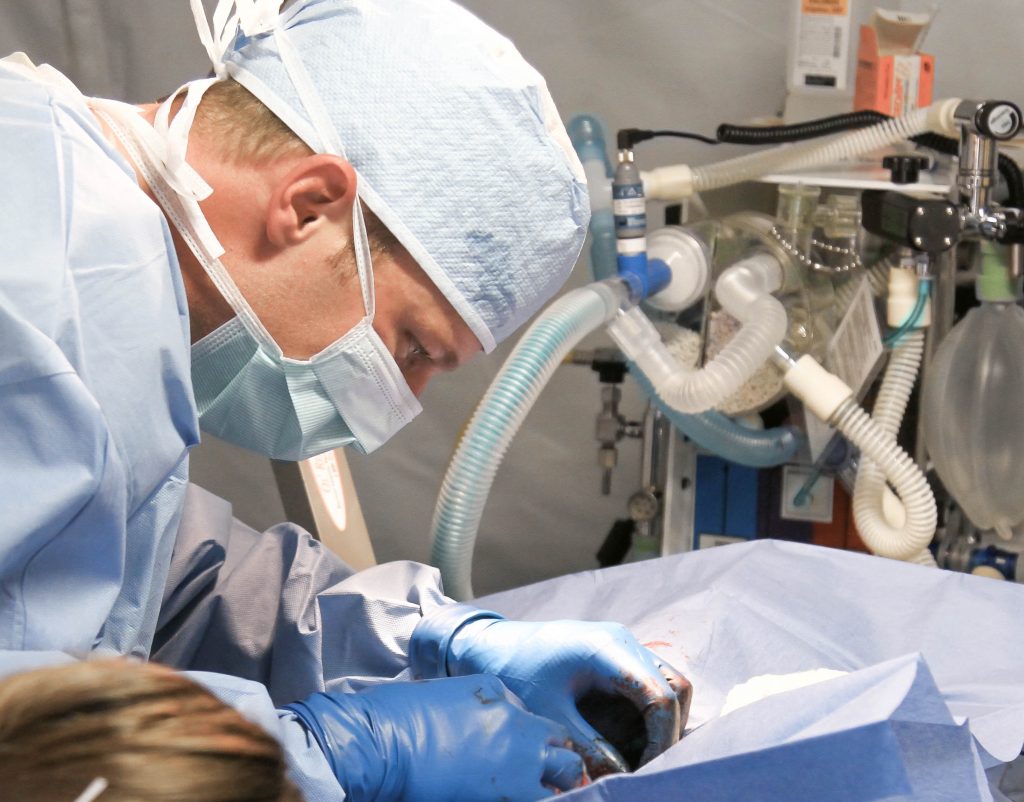
 These plastic surgeries wouldn’t have exactly the identical effect if postoperative scarring was visible and prominent. Certified plastic surgeons use many methods during processes to decrease the appearance of discolouration. On the other hand, the efficacy of these methods is dependent upon the time of the process, the size of the incision, the individual’s genetics, and also the tone of skin. Read about a few of the methods that surgeons use to decrease scarring.
These plastic surgeries wouldn’t have exactly the identical effect if postoperative scarring was visible and prominent. Certified plastic surgeons use many methods during processes to decrease the appearance of discolouration. On the other hand, the efficacy of these methods is dependent upon the time of the process, the size of the incision, the individual’s genetics, and also the tone of skin. Read about a few of the methods that surgeons use to decrease scarring.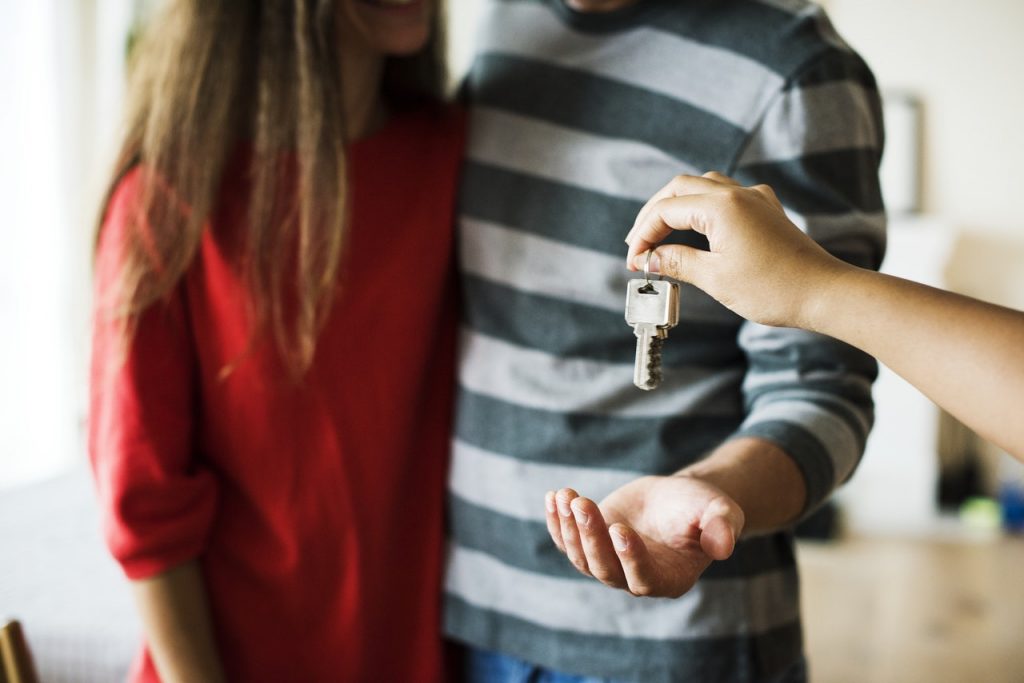
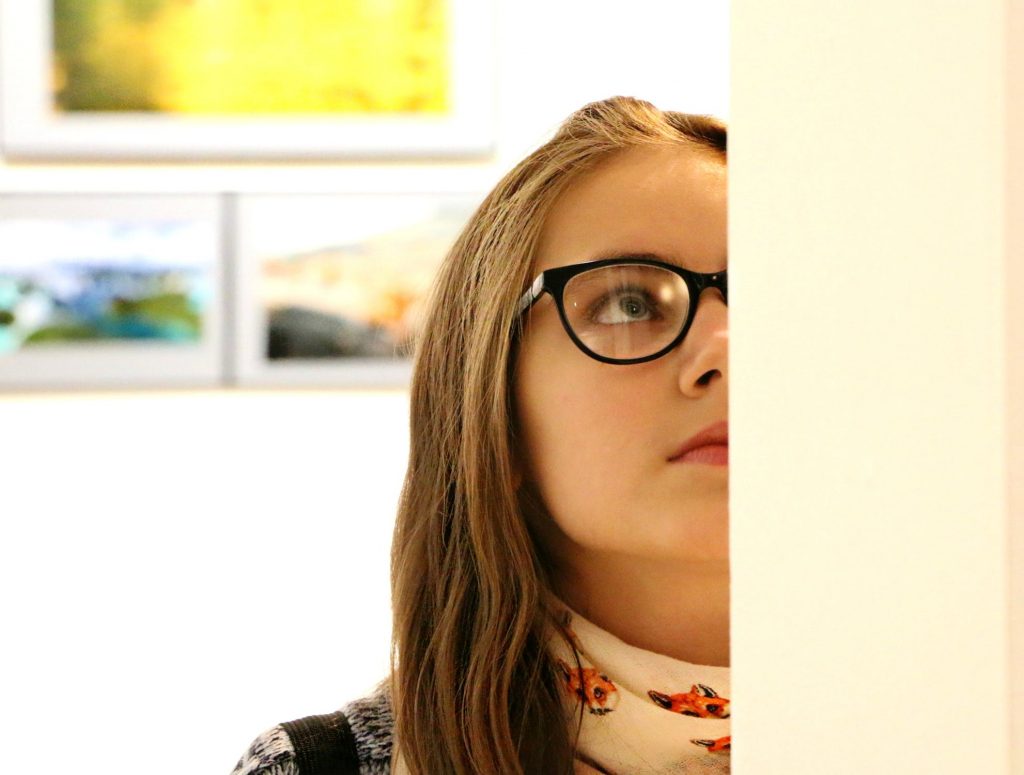
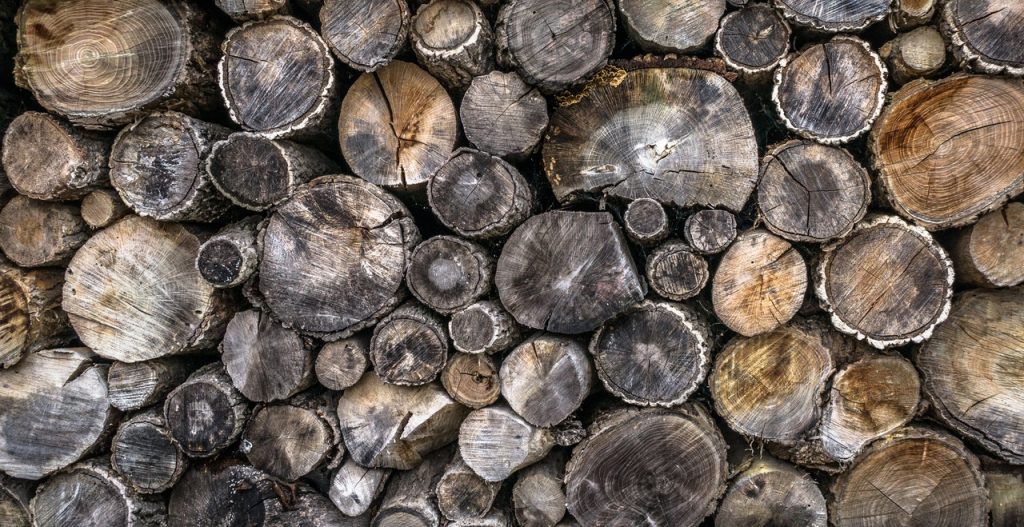
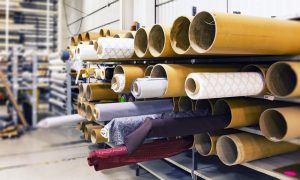 for your own piece. This may stop dust particles, or rust, from settling in your artwork.
for your own piece. This may stop dust particles, or rust, from settling in your artwork.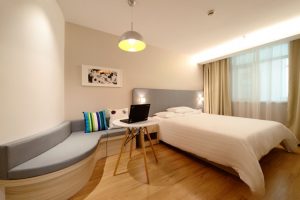 Guests appreciate stylish and modern interiors that imply relaxation after a very long trip. So much so that a trend has emerged of the way to best to hotelify your house. That is correct, travellers adore modern hotel design, and they would like to integrate them in their own
Guests appreciate stylish and modern interiors that imply relaxation after a very long trip. So much so that a trend has emerged of the way to best to hotelify your house. That is correct, travellers adore modern hotel design, and they would like to integrate them in their own